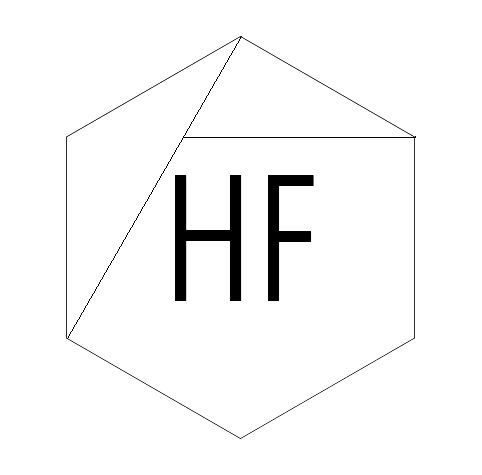Artist statement for the Duet Series
I’m Hugh, I was born somewhere, and then I grew up. Along the way, I went to college where I learned about important things, like student loans. Then I lived in different cities and worked for various important people. I ended up where I am now. And, this is where I do stuff. I love taking pictures and I am fortunate enough to work with some amazingly creative people on fantastic projects. I hope to remain inspired and continue to produce cool stuff.
I choose to produce images that tell a story or explore the weird world of the human psyche. Always trying to get to know myself, better than I do, leads me to want to get to know others. I want my work to awaken old memories of relationships that came and relationships that went, those of family and those of friends, those of lovers and those of foes. I want the interplay of two strangers to offer the viewer an element of drama and pose questions of identity and belonging. Scale is and important component to my work. The “bigger the better,” I am always saying. In a big image it’s harder to hide the truth. I want to see it all, the entire narrative, it’s whole essence contained in a single image. I wish for the drama, the emotion, the dynamics of the relationship, to unroll before the viewer’s eyes. At least, their unique versions of each of my photograph’s narratives. It’s amazing how different we all, as thinking feeling, caring and uncaring, humans pour our own experiences into what we project and propose to be the storyline of external interpersonal relations we see.
These framed canvas prints average 42 x 60"






























